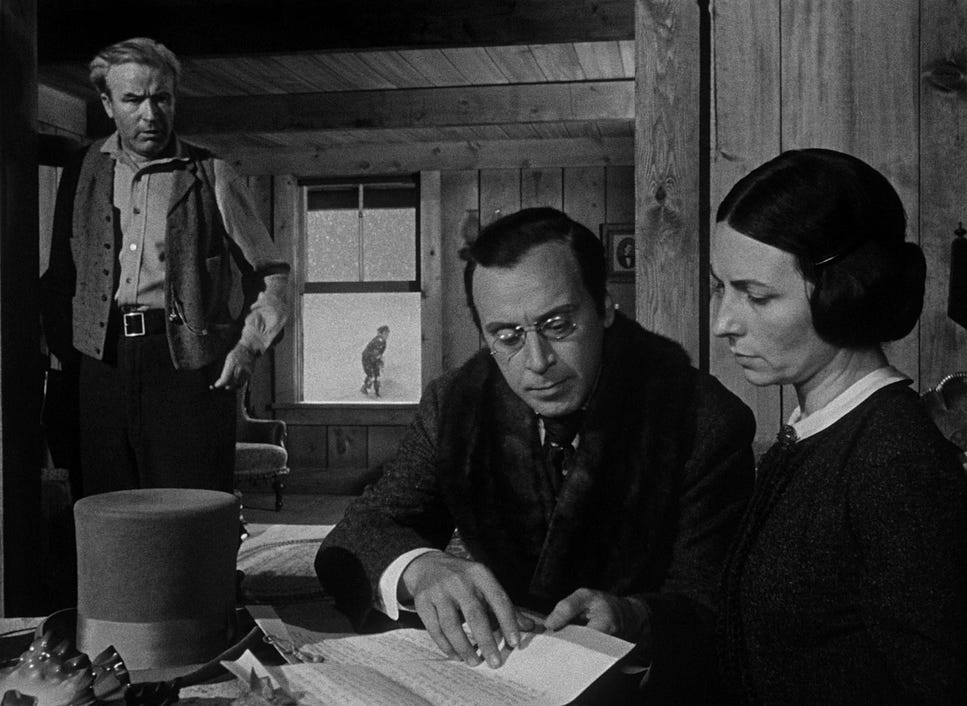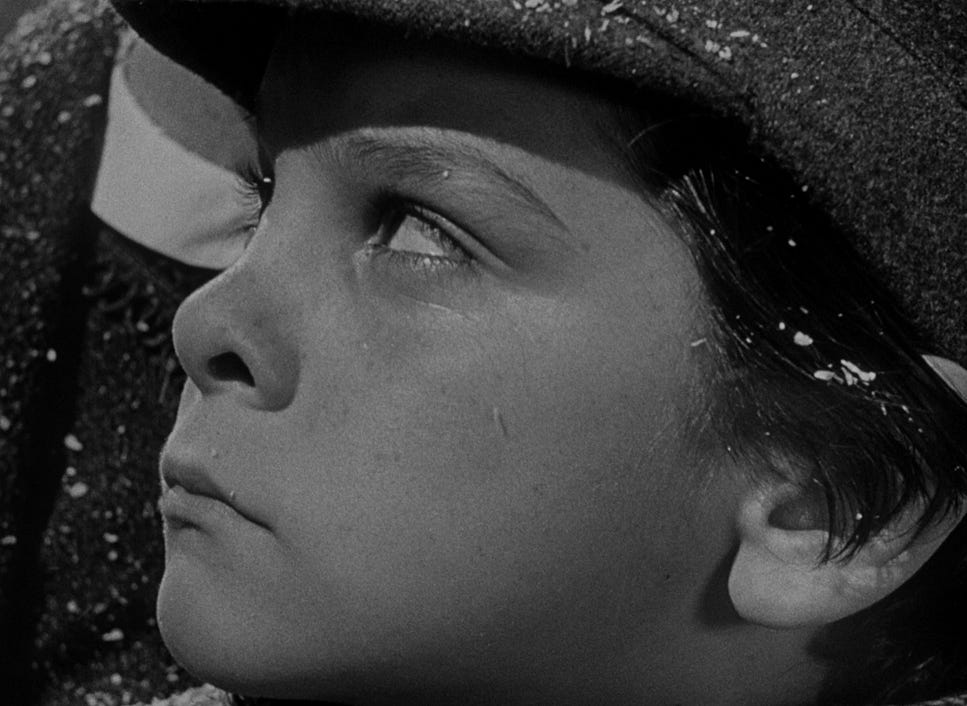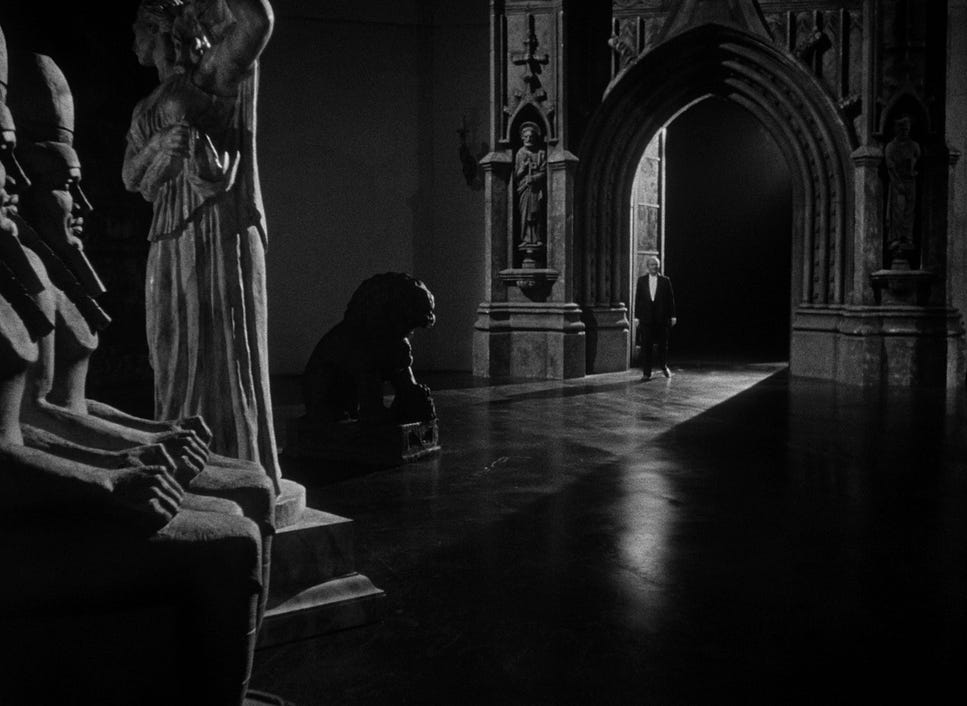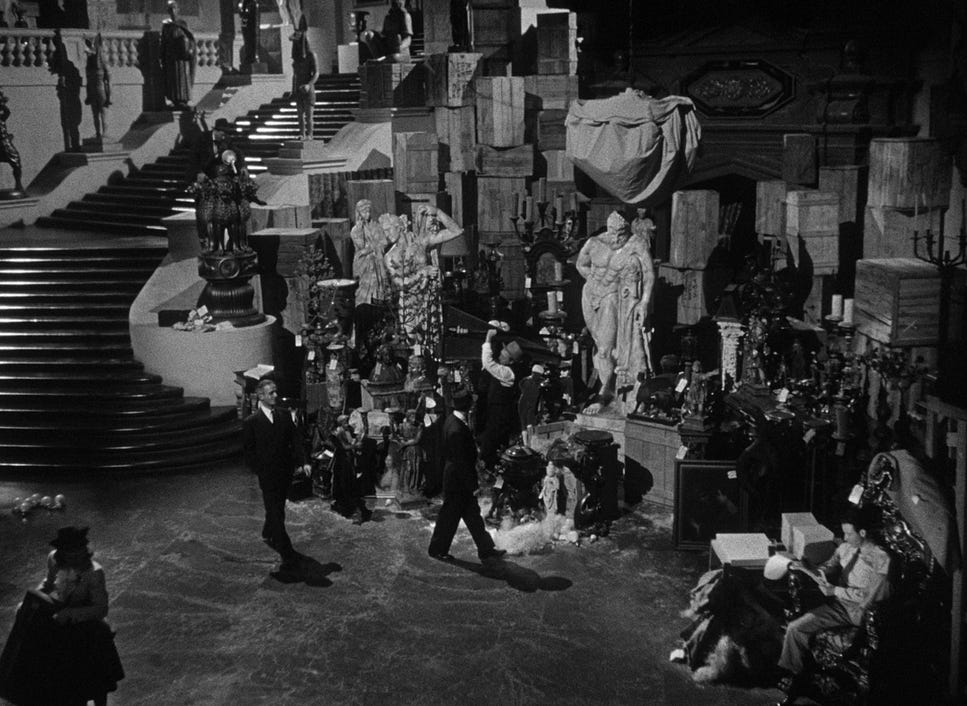Reel Breakdown #12: CITIZEN KANE (1941)
The Movie You Slept Through but Should’ve Tattooed on Your Brain
Alright, listen up.
Have you ever talked to someone who calls themselves a film buff but has never seen Citizen Kane?
I’m not talking about skimming a few scenes on YouTube.
I’m not talking about pretending they watched it for a college essay and then quoting “Rosebud” like it’s some film bro password.
I mean, watching it. Sitting the hell down, phone off, eyes glued, ears wide, brain on fire.
Because Citizen Kane ain’t just a film — it’s the film. It’s the blueprint.
Let’s Get Something Straight…
Orson Welles made this thing when he was twenty-freaking-five.
TWENTY-FIVE.
Most people that age are still trying to finish film school or figure out how to frame a basic two-shot.
Welles walks in and reprograms the cinema from the ground up.
He wrote, directed, produced, and starred in it.
You know what that is?
That’s a filmmaker with a god complex and the talent to back it up.
And what he made—Citizen Kane—is a black-and-white bullet straight through the heart of Hollywood storytelling.
Deep Space Composition: A Masterclass in Layered Storytelling
Let’s talk about cameras, more specifically, deep space.
This film is like a damn war on flat images.
It INVENTS dimension.
What Welles and his partner-in-crime Gregg Toland did with deep space composition is the stuff of legend.
You’re looking at shots where the foreground, middle ground, and background are all as sharp as a razor and simultaneously saying something different.
Let me walk you into one of the best scenes:
Little Charlie Kane is outside playing in the snow. But you’re not just watching a kid be cute.
You’re watching doom.
Inside the house—his parents and a banker seal his fate.
What does Welles do?
He doesn’t cut.
He frames it all in one shot.
Deep space.
The kid, the adults, the world he’s leaving behind. One image, a hundred implications.
It’s not just beautiful. It’s brutal.
Every Frame Is a Weapon
This movie is a masterclass in using space to show emotion. Take the confrontation between Charles Kane and Jed Leland.
Kane’s right up in your face—big, loud, full of fire.
Leland? Sitting way back, cool as an ice bath, watching Kane unravel. And standing off in the back like a damn statue is Bernstein.
The third wheel.
The silent witness.
Welles doesn't say what’s going on—he shows you.
He uses the frame like a stage. Each character is in their own layer, their own psychological trench.
This is what cinema is supposed to do.
Not spoon-feed emotion—frame it.
Xanadu: Rich as Hell, Empty as the Void
Now let’s jump into that cold-as-ice mansion Kane builds—Xanadu.
Everything’s big.
Too big.
The ceilings, the fireplaces, the goddamn echo of every fight. The space is ridiculous—on purpose.
It swallows these people whole.
It tells you everything you need to know about Kane’s life: bloated with stuff, starving for love.
Watch the argument scene between Kane and Susan.
The camera doesn’t flinch. It shows the distance, the silence, the sadness, all at once.
That fireplace in the back?
It might as well be the gates of hell.
They scream emptiness louder than any line of dialogue ever could.
Welles is painting with loneliness and grandeur as if he were Van Gogh with a camera.
Visual Layers = Narrative Depth
Do you think exposition has to be someone talking?
Not here.
In one glorious shot, Jed and Bernstein are talking, and in the background—you see Kane’s ridiculous art collection.
You’re watching them talk, and Kane’s ego takes up space behind them like a ghost.
That’s secondary storytelling.
This film doesn’t waste a damn inch of the frame.
Final Thoughts: Watch It or Shut Up
If you love movies—like really love them—then you owe it to yourself to watch Citizen Kane. Not just to check a box.
But to learn.
To absorb.
To elevate your taste.
Every whip-smart frame, every shadow, every lens choice—it all matters.
It’s why we can tell stories like we do now.
Do you want to understand power?
Watch Citizen Kane.
Do you want to learn how to move a camera with intention?
Watch Citizen Kane.
Do you want to see why this movie is called the greatest of all time?
You know what to do.
So pop some popcorn. Turn off your phone. And watch a film that makes other films possible.
This has been your friendly cinematic slap in the face.
Now go study Orson Welles as if your life depends on it. Because if you’re a filmmaker—it kinda does.

















This is a great breakdown. The scenes in Kane's Xanadu home always struck me as ridiculous. There is so much space between the people, kind of like Michael Keaton and Kim Basinger in Batman at the super long table. And how he can tell two stories at once, with the kid playing through the window and the adults sealing his fate inside is marvelous and probably all too often, real. We all want success and money, but like anything else, they can be taken to extremes and those extremes are ugly, indeed. Great post.